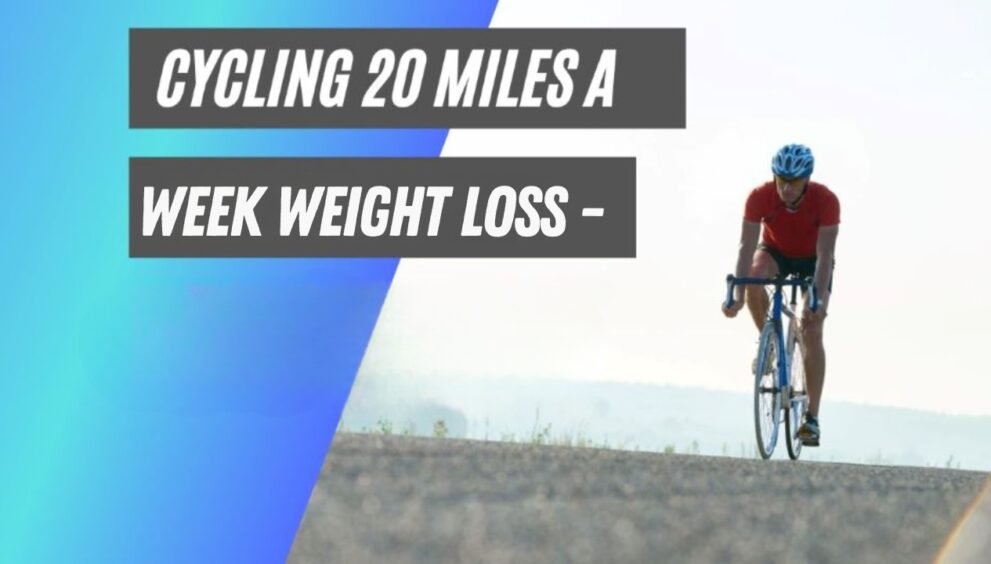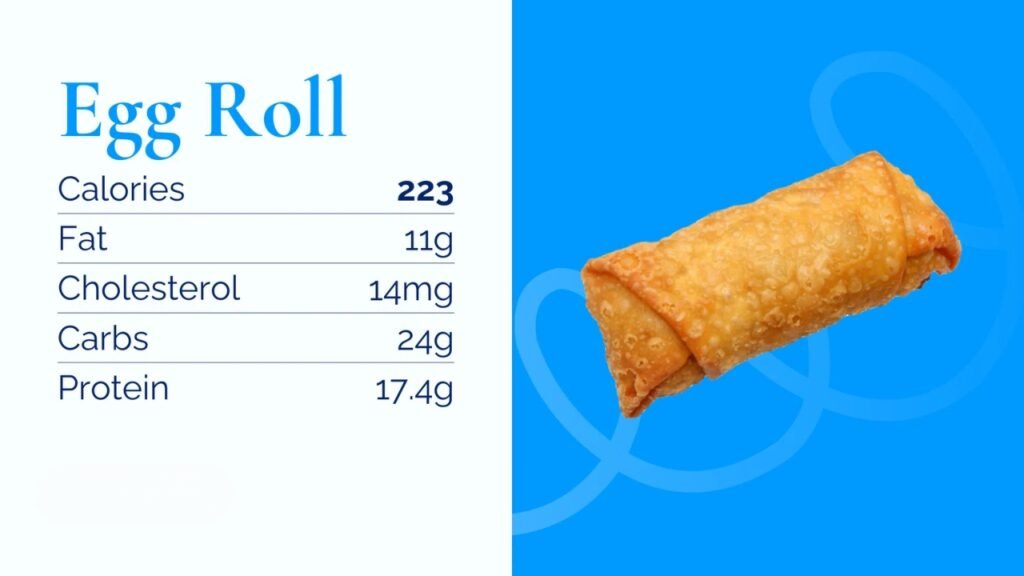Cycling 70 Miles a Week Weight Loss: Burn Fat Fast Now

In the ever-evolving world of weight loss strategies, from intermittent fasting to high-intensity interval training, one method continues to gain momentum for its simplicity, effectiveness, and sustainability—cycling 70 miles a week for weight loss. For many Americans seeking an accessible fitness routine that delivers real results, hitting the pavement or trails on two wheels has emerged as both a cardiovascular powerhouse and a mental health booster.
But what exactly happens when you commit to biking 70 miles every week? Is it enough to burn fat and build lean muscle? And more importantly, can you sustain it long-term without burnout?
Let’s explore how this approach stacks up against traditional weight loss methods, what the science says, and how you can safely and effectively cycle your way toward your fitness goals.
The Science Behind Cycling for Weight Loss
To lose one pound of fat, you need a caloric deficit of approximately 3,500 calories. Depending on your speed, weight, and terrain, cycling can burn anywhere from 400 to 750 calories per hour. When you consistently ride 70 miles a week, that’s roughly 10 miles per day or about 1 to 1.5 hours of riding five to seven days a week.
According to a study published in the Scandinavian Journal of Medicine & Science in Sports, individuals who biked to work lost more weight over a 12-month period compared to those who commuted by car, independent of dietary changes. The key lies in consistent aerobic activity, which boosts metabolic rate, enhances fat oxidation, and helps regulate insulin levels.
In practical terms, cycling 70 miles a week for weight loss can help you burn between 2,800 and 5,200 calories per week—enough to gradually and healthily lose 1 to 1.5 pounds of fat weekly without drastic dietary restriction
Cycling and Body Composition: More Than Just the Scale
Cycling primarily engages your lower body—quads, hamstrings, calves, and glutes—helping to sculpt and tone while also reducing visceral fat. As you cycle regularly, you’ll notice improved muscle definition and endurance, even if the scale doesn’t drastically shift right away.
A 2020 study in the Journal of Applied Physiology found that endurance cycling over 8 weeks led to a significant reduction in body fat percentage, particularly in overweight adults. The participants didn’t necessarily see a massive drop in pounds, but they gained lean mass and shed fat—key indicators of improved metabolic health.
Moreover, cycling improves cardiovascular conditioning and VO2 max, which increases your body’s ability to utilize oxygen efficiently. This not only enhances stamina but also supports prolonged calorie burning post-exercise through the “afterburn effect.”
Psychological Benefits: Motivation and Mental Resilience
Beyond the physical, cycling offers potent psychological benefits. Unlike monotonous gym routines, cycling introduces elements of exploration, scenery, and challenge, which help maintain motivation over time.
“One of the most overlooked aspects of weight loss is mental sustainability. Cycling offers autonomy, joy, and mindfulness—all of which are crucial to forming long-lasting habits,”
says Dr. Lisa Caldwell, a sports psychologist at the American College of Sports Medicine.
Cycling also reduces cortisol levels, the stress hormone known to sabotage weight loss efforts. A study in Psychosomatic Medicine showed that moderate cycling significantly lowered stress and anxiety scores, making it easier for individuals to stay consistent with their routine.
Nutrition: The Usung Partner of Cycling Weight Loss
While cycling 70 miles a week for weight loss creates a significant calorie deficit, what you eat still plays a massive role. Riders often experience increased hunger due to elevated energy demands. However, not all post-ride cravings should be indulged if weight loss is the goal.
Opt for whole foods that are nutrient-dense—lean proteins, complex carbs, and healthy fats—to replenish glycogen without undoing your calorie deficit. Hydration and electrolyte balance are equally important, especially during longer weekend rides.
Moreover, timing meals strategically around your rides can help. Eating a small carb-rich snack before a ride and a protein-focused meal afterward can stabilize blood sugar and promote muscle recovery without leading to overeating.
Crafting a Weekly Cycling Plan for Sustainable Weight Loss
To get the most from cycling 70 miles a week weight loss, structure matters. Splitting the mileage into manageable sessions—say, 10 miles daily with one or two rest days—helps avoid overuse injuries and mental fatigue.
Incorporate varied intensity levels: mix longer, slower endurance rides with shorter, high-intensity intervals. This not only keeps things interesting but also enhances fat burning by targeting both aerobic and anaerobic systems.
Stretching, foam rolling, and strength training once or twice a week can support joint health and prevent imbalances, especially in the knees and lower back, which are commonly stressed during long rides.
Here’s a sample weekly breakdown:
- Monday: 10-mile moderate ride
- Tuesday: Rest or light yoga
- Wednesday: 12-mile hill ride or intervals
- Thursday: 8-mile recovery ride
- Friday: Rest
- Saturday: 20-mile endurance ride
- Sunday: 10-mile tempo ride
This type of plan ensures that you’re meeting your 70-mile target while supporting recovery and progression.
Real Results: Transformations That Inspire
Numerous Reddit users and cycling forums feature personal testimonies from people who’ve lost 20, 50, and even 100 pounds simply by committing to weekly cycling routines. One user wrote:
“I started cycling just to get outside during the pandemic. I was 270 pounds. One year later, after riding 60–80 miles a week and watching my diet, I’m 190. I feel like a completely different person.”
These stories are not outliers—they’re examples of what consistent, moderate effort can do when paired with mindful eating and a commitment to lifestyle change.
Cycling Safety and Accessibility: Everyone Can Do It
You don’t need a $5,000 road bike to lose weight cycling. A basic hybrid or even a secondhand mountain bike will suffice, as long as it fits your frame and riding style. Helmets, reflective gear, and front/rear lights are essential for safety, especially if you ride during early morning or evening hours.
Apps like Strava, Komoot, or RideWithGPS allow beginners to map routes, track progress, and even join local cycling groups for motivation and camaraderie. Many communities also offer bike-friendly lanes and greenways that make cycling safer and more enjoyable.
Final Thoughts: Pedal Your Way to a Healthier Life
Cycling 70 miles a week for weight loss isn’t a gimmick—it’s a realistic, science-backed method that not only burns fat but improves your overall well-being. With the right nutrition, mindset, and structure, anyone can incorporate cycling into their lifestyle and achieve meaningful, lasting results.
This journey isn’t about quick fixes. It’s about reclaiming your health, one mile at a time.
If you’ve struggled with consistency or felt overwhelmed by fitness fads, try something timeless and transformative: hop on a bike, set a weekly goal, and ride your way to a leaner, stronger, happier you.
































































































































































































































































































































































































